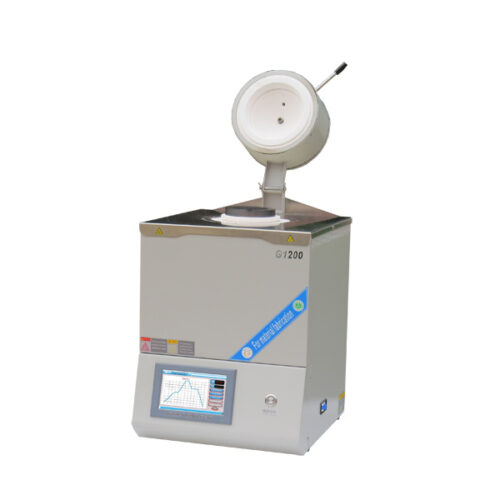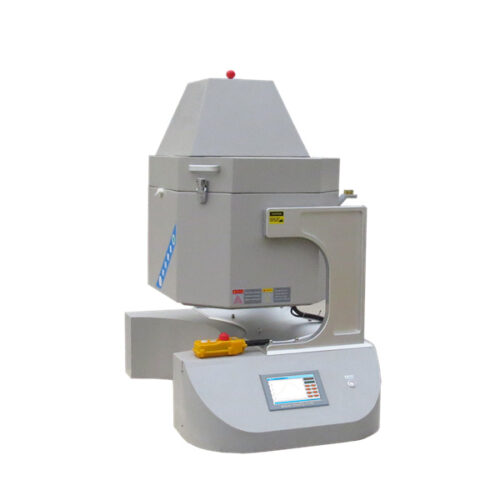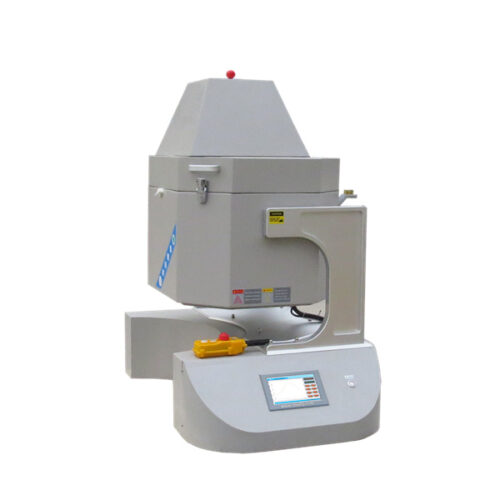Melting Furnaces: Essential Tools for Metalworking
Melting furnaces are crucial in various industries for transforming solid metal into a liquid state, allowing for casting, alloying, and refining processes. These furnaces come in multiple types, each suited for specific materials and industrial applications. Here are the primary categories of melting furnaces:
- Induction Furnaces: These furnaces use electromagnetic induction to generate heat, melting metals efficiently. They are versatile and ideal for melting ferrous and non-ferrous metals, making them popular in foundries and metal casting industries.
- Crucible Furnaces: These are among the simplest and oldest types of melting furnaces. They use a crucible to hold the metal as it melts, and are heated externally by a flame or other heat source. Crucible furnaces are commonly used for melting non-ferrous metals like aluminum, brass, and precious metals.
- Electric Arc Furnaces (EAF): EAFs generate heat by creating an electric arc between electrodes and the metal. They are widely used for recycling scrap steel and producing high-quality steel and other alloys due to their high efficiency and flexibility.
- Reverberatory Furnaces: These furnaces use a direct flame to heat the metal, which is held in a refractory-lined chamber. Reverberatory furnaces are often used in the production of aluminum and copper.
- Rotary Furnaces: These furnaces rotate during the melting process, ensuring uniform heating and mixing of the metal. They are particularly useful for melting lead, aluminum, and other metals that require thorough mixing.
Each type of melting furnace offers specific advantages, catering to the diverse needs of the metalworking industry. From small-scale foundries to large industrial operations, melting furnaces play a vital role in producing high-quality metal products and facilitating various metallurgical processes.



